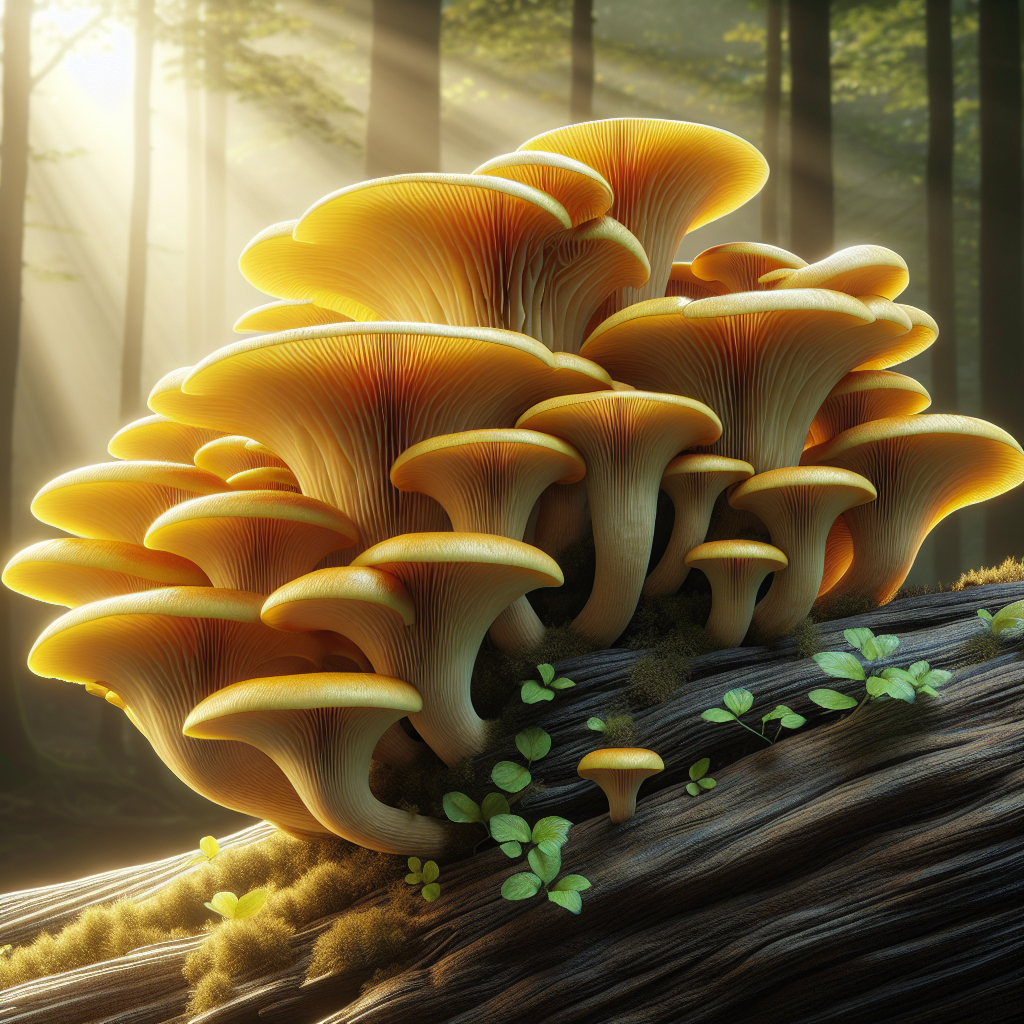The Dark Side of the Golden Oyster: An Invasive Fungal Threat
Golden oyster mushrooms, popular for home cultivation, pose an environmental threat after their introduction into North America. New research warns these fungi are displacing native species and altering ecosystems. To combat this, mushroom growers are urged to consider cultivating non-invasive native species instead.

- Country:
- United States
Golden oyster mushrooms, celebrated for their vibrant color and nutty flavor, have become a culinary favorite for home growers. Yet, a new study has revealed a troubling consequence of this trend: the unintentional spread of an invasive species in North America that threatens native fungal ecosystems.
Researchers have found that these mushrooms, initially native to Asia, are outcompeting native fungi crucial for ecosystem health. These invasive mushrooms aggressively colonize dead trees, significantly reducing biodiversity by displacing valuable fungi such as the gentle green 'mossy maze polypore' and the 'elm oyster' mushroom.
Experts urge caution and responsible cultivation practices to prevent further ecological imbalance. While solutions such as using sporeless strains are being considered, the research underscores the need for awareness about invasive fungi's role in biodiversity loss and ecosystem disruption.
(With inputs from agencies.)










